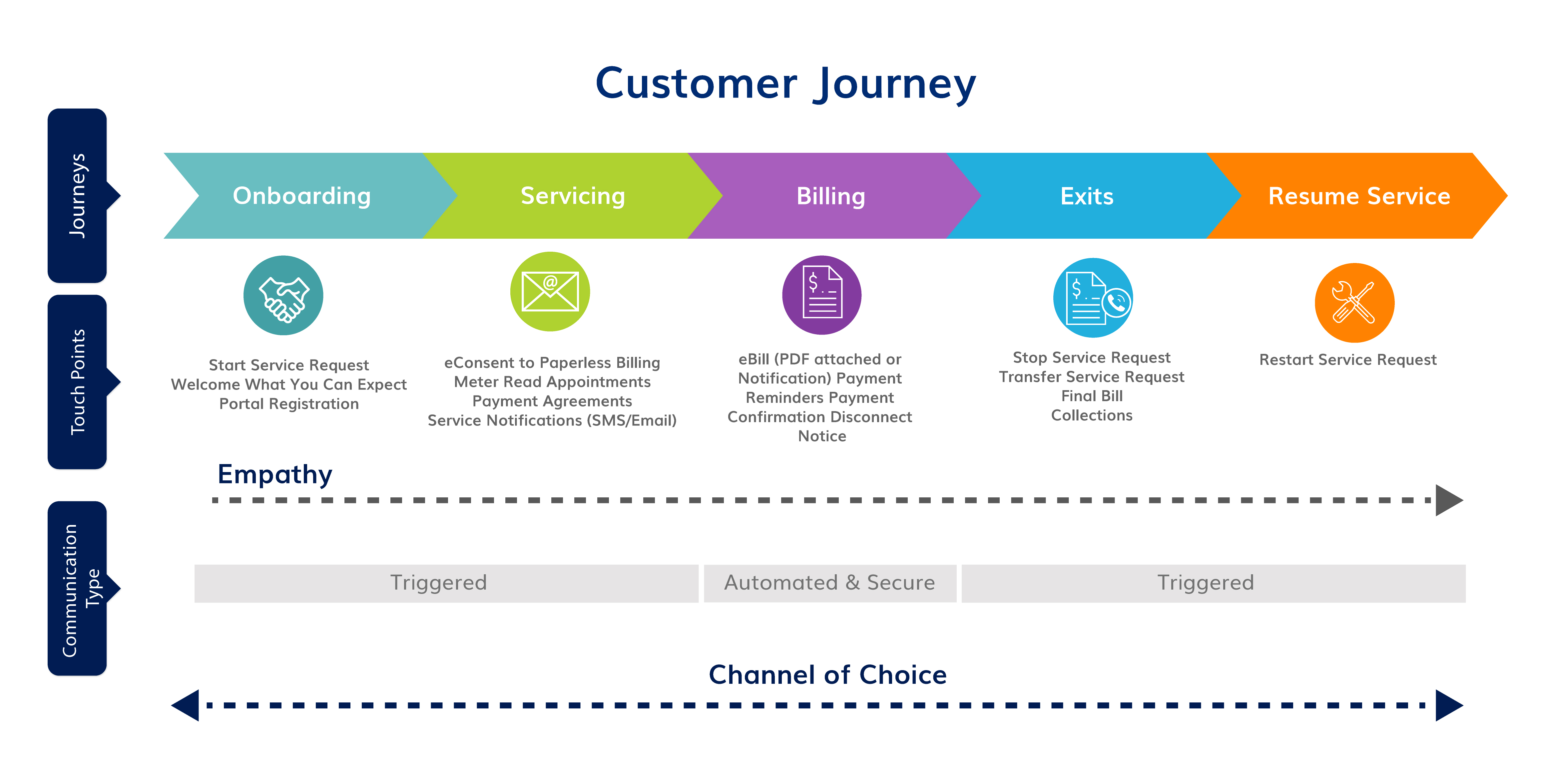What Stress is Going On in Customers’ Lives?
In times of stress or when customers are feeling more at risk, they will naturally need more communication from their utilities. In such situations, customers will likely be distracted from previous key information from utilities: what to do in case of an outage, how to best prepare your home, what the utility can do to help, and more. So it’s up to the utility, in these instances, to communicate and remind them.
Another issue during high impact events may be the confusing amount of information customers are taking in from various sources. They may be dealing with rumors from their neighbors or unsubstantiated information being promulgated by social media. To fight these mixed messages, customers need to hear important information straight from their utility providers as authoritative sources.
Despite the urgency of communicating, utilities must also keep in mind that it’s not just about upping the communication frequency, but rather it’s about ensuring a holistic, seamless CX and not a fractured one.
When different communication channels simultaneously deliver messages with mixed tones, divided designs with no integration, or even competing calls to action, the CX risks doing more harm than good. Once again, this is also the result of pushing the customer away with too much information, rather than pulling them towards your targeted and desired outcomes.
So, keep in mind the criticality for fracture-free experience, especially in stressful times (which the utility industry has seen plenty of this year from COVID-19 and economic hardships to wildfires and hurricanes).
What is Being Asked of the Customer at a Given Moment?
The right type of messaging will be determined by what the end goal is.
The type, and frequency, of communication when your goal is to give a customer a gentle reminder is different than the one sent to notify them when a bill is going to be high or is past due. Similarly, weather-related messaging will differ based on the message: seasonal tips for saving energy during the winter are less urgent, but if extreme weather is passing through then the immediacy of the message matters.
When determining the right channels and frequency to communicate with customers for various types of events, the outcomes are thus important.
Customers will want to take action in the event of those urgent occurrences, so being more frequent with contact is warranted, as is the use of more personalized outreach directly to them, like sending text messages or smartphone notifications.
But, If the messages are more friendly reminders that are simply ‘good to know,’ hitting a customer with them too often, risks that customers getting fed up and opting out of the communication channel entirely.
So, keep in mind what your desired outcomes are for given communications and plan accordingly.
Consider the unique customer journeys within the utility
Utilities inherently cover wide areas with varied customers, whether they’re municipal utilities stretching across the entire city or larger regional utilities. With such varied customers, they must also account for many different unique customer journeys associated with different customer profiles:
- Renters vs. homeowners
- Low- and middle-income vs. high earners
- Sustainability-focused customers vs. non-sustainability-focused
- Tech-savvy users vs. those who still only want paper bills by mail
A single type of customer journey roadmap won’t adequately capture all of these variables, so being able to identify, separate, and respond based on unique customer journeys is critical. And all of these considerations will inform exactly how much and what type of communication is optimal.
To properly take these types of factors into account, utilities must be sure to first define the different customer journeys within the customer lifecycle. Second, utilities should understand the full set of communications that can be sent across all customer journeys.
Remember the Goldilocks analogy: some of your customers will want more communications, others less; some will want push notifications to their smartphone, while others will look for your letter in the mail; some will want to talk to a customer service agent, and others still will comb through your website’s FAQ.
None of these pathways are wrong, and it’s your job to find what’s ‘just right’ to meet those customers where they are, understanding the gaps: where communication is missing and where it needs to be aligned.
